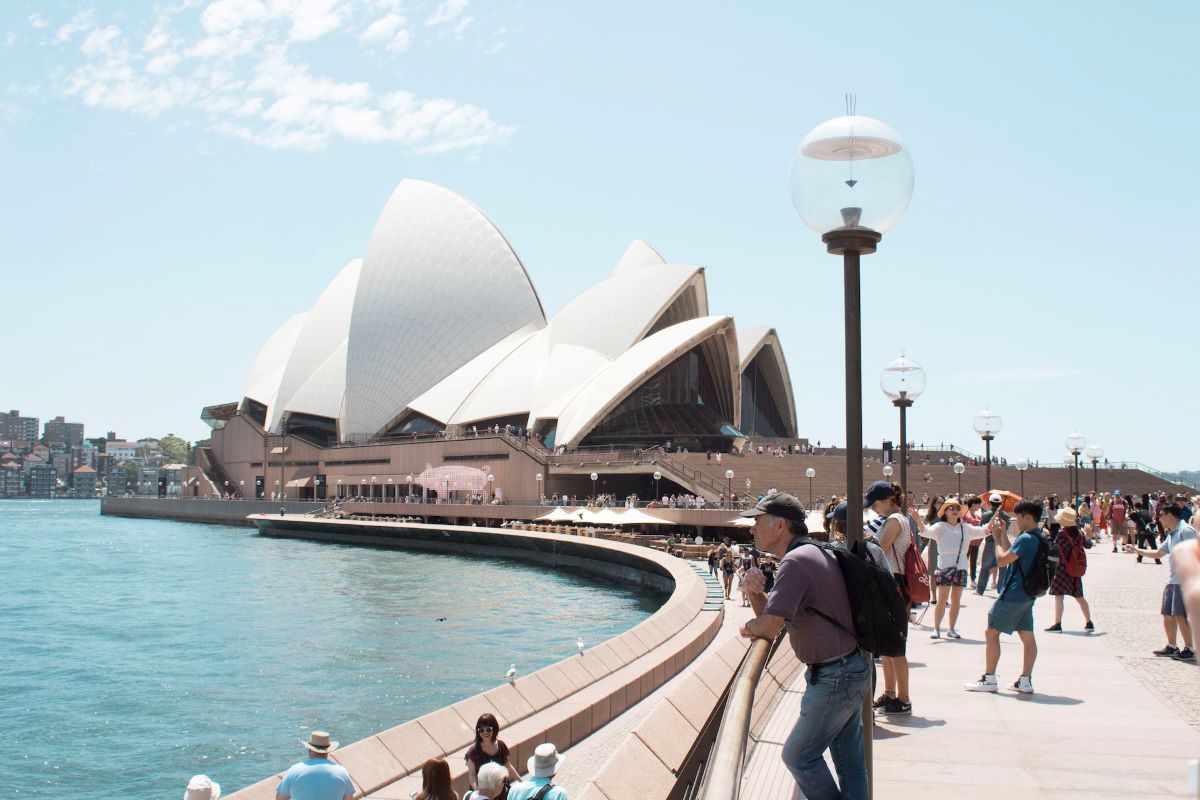Skift Take
The travel trends to Australia underscore the potential of India's middle class and its young demographic as a major force in shaping future travel trends.
Australia saw a record-breaking number of arrivals from India last year.
The new figures, which cover February 2023 to January 2024, show 402,200 inbound travelers entered the country from India. The major milestone even surpasses pre-pandemic levels, according to latest data from the Australian Bureau of Statistics.
It marks the first time Australia has crossed the 400,000-arrival mark. As a result, India is now the 5th largest inbound market for Tourism Australia, up from 7th place in 2019.
The organization also says Indians are spending and contributing significantly to the Australian economy.
The total trip spend by Indian visitors has also seen a notable increase for the year ending January 2024. It is up 20%, amounting to A$ 2.2 billion ($1.4 billion), with the per capita spend rising from A$ 4,908 ($3204) to A$ 5,901 ($3853), according to Nishant Kashikar, country manager — India and Gulf for Tourism Australia.
In January 2024 alone, Australia welcomed 26,200 visitors from India, representing 106% of January 2019 arrivals.
What Clicked For Australia?
“Our initiatives across marketing, public relations, partnerships, distribution, trade, and business events in India, have helped us achieve these numbers,” Kashikar told Skift.
He further credited the three-fold increase in direct aviation capacity from 8 to 28 weekly flights and the streamlined visa application process for enhancing accessibility.
Australia also issues three-year multiple-entry visas to tourists in India without any need for physical submission of documents. The duration of business visas has also been increased by up to five years, compared to the earlier three-year option.
Direct air access by Qantas and Air India, from Indian cities to Australia along with Qantas’ codeshare with IndiGo have also helped to increase accessibility.
“We are working with Indian as well as Australian carriers and airports to further build direct aviation connectivity,” Kashikar said.
Analyzing traveler profiles, Kashikar highlighted that 75% of Indian visitors to Australia were leisure travelers, with 8% traveling for business, 7% for employment, and 5% for short-term education.
Speaking to Skift at the beginning of the year, Kashikar described India as the fastest-growing inbound market for Australia, thanks to the rising middle class.
The Business Travel Rebound
Discussing the bounce-back of meetings, incentives, conferences, and event (MICE) travel from India to Australia, Kashikar noted a significant surge in leads for business events. “We’re seeing a five-time increase in leads than what we witnessed in 2019,” he told Skift in January.
He also said a key factor for this growth has also been the strengthening of bilateral ties between Australia and India across trade, investment, education, and tourism.
Speaking about Indian travel habits, Kashikar mentioned a generational shift as younger Indians travel at a much earlier age, leading to a significant increase in trips.
The shift from a savings-focused economy to one where Indians are spending more on holidays, especially among the youth has also made India a lucrative market for destinations, according to Kashikar. This trend is driving increased expenditure on travel-related services.
Kashikar also noted that Indians are increasingly immersing themselves in local experiences, such as festivals, sporting events, history, architecture, and culinary activities, which presents a significant growth opportunity for travel destinations catering to these preferences.
Skift India Report
The Skift India Report is your go-to newsletter for all news related to travel, tourism, airlines, and hospitality in India.
Have a confidential tip for Skift? Get in touch
Tags: air india, asia monthly, business events, indigo airlines, mice, qantas airways, tourism australia, visa
Photo credit: Tourism Australia has crossed the 400,000-arrival mark from India. S O C I A L . C U T / Unsplash
